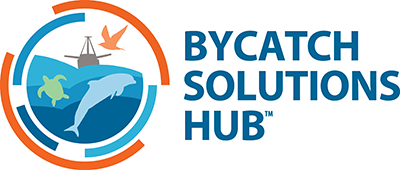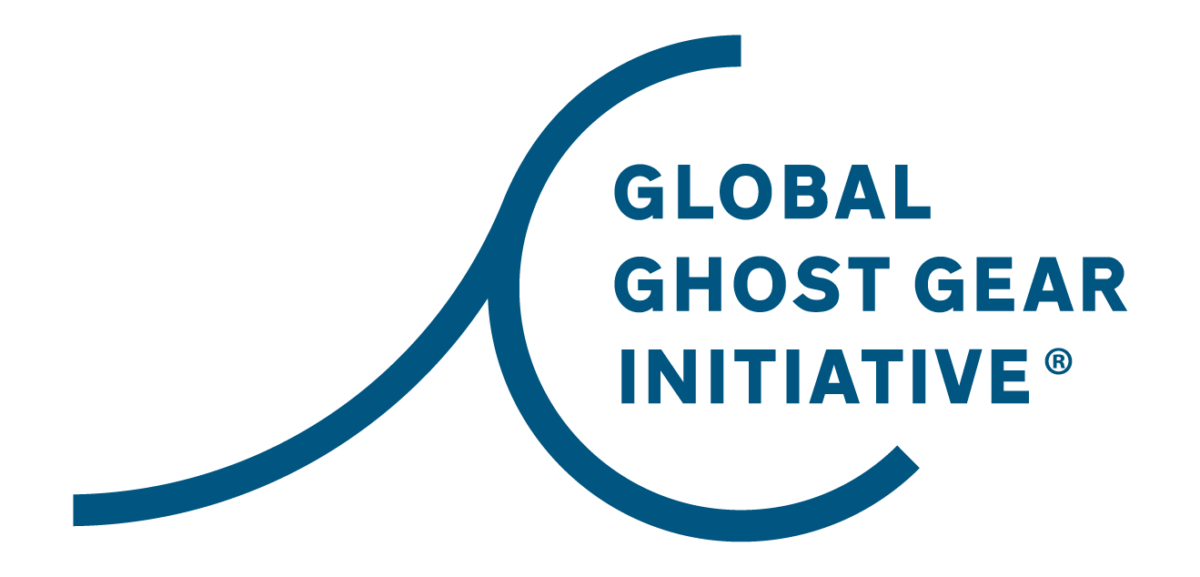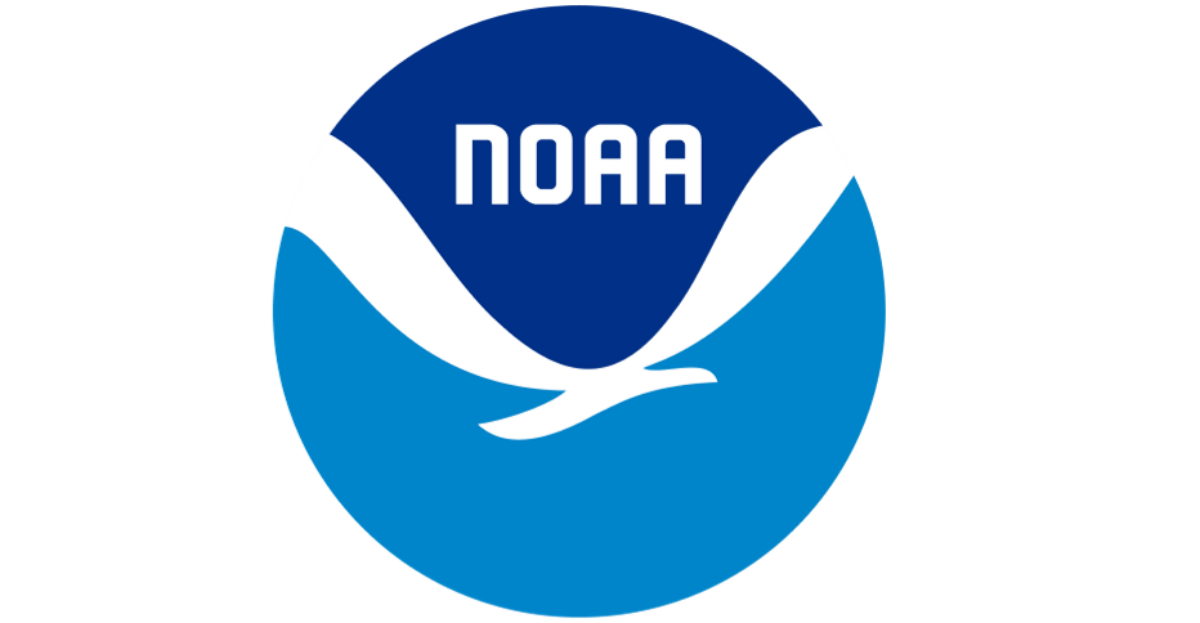Ghost Gear Problem and Solutions
Maine Lobster Fishery Ghost Gear Prevention
An estimated 175,000 pots are lost each year in the Gulf of Maine lobster fishery. This project hosted by the Bycatch Solutions Hub, is a collaboration between Blue Ocean Gear and the Gulf of Maine Lobster Foundation, that utilizes smart buoys to minimize trap loss rates.
What is Ghost Gear?
Ghost gear is any derelict fishing gear in the water, either lost or abandoned, that continues to catch fish and other wildlife.
As ghost gear is no longer managed, it is never checked. As a result, any animals that are caught do not get released and will eventually die, often entangled in nets, stuck in traps, or wrapped in ropes. This is especially true for wildlife that cannot breathe underwater, like mammals, sea turtles, and seabirds.
Since fishing gear is designed to be durable in ocean conditions, the most resilient ghost gear continues to fish for decades, catching not only fish, but also endangered, threatened, and protected wildlife. This means that lost gear, that is just as effective at entangling wildlife as the actively managed gear, can continue to fish in the open ocean or sea floor and continue to kill wildlife even if entangled on the ocean floor for years.
Main Types of Ghost Gear
-

Nets
Derelict fishing nets, particularly large drift gillnets, will continue to indiscriminately entangle and kill marine wildlife. When they sink, they can damage critical marine habitats, such as coral reefs, seagrass beds, and rocky seashores. -
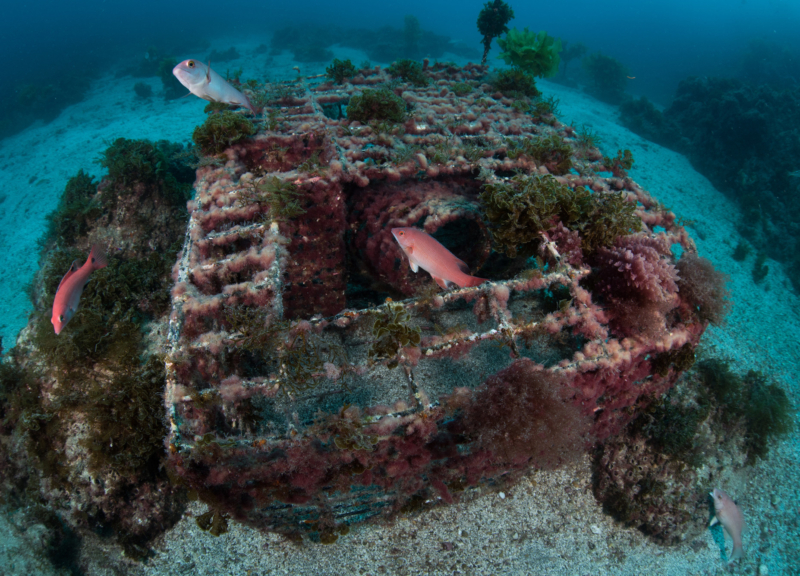
Pots and Traps
Whether because of rough seas or interactions with other boats, lost pots and traps are often never recovered and continue to ensnare wildlife on the seafloor until they fall apart or are buried, both of which can take years to decades. -
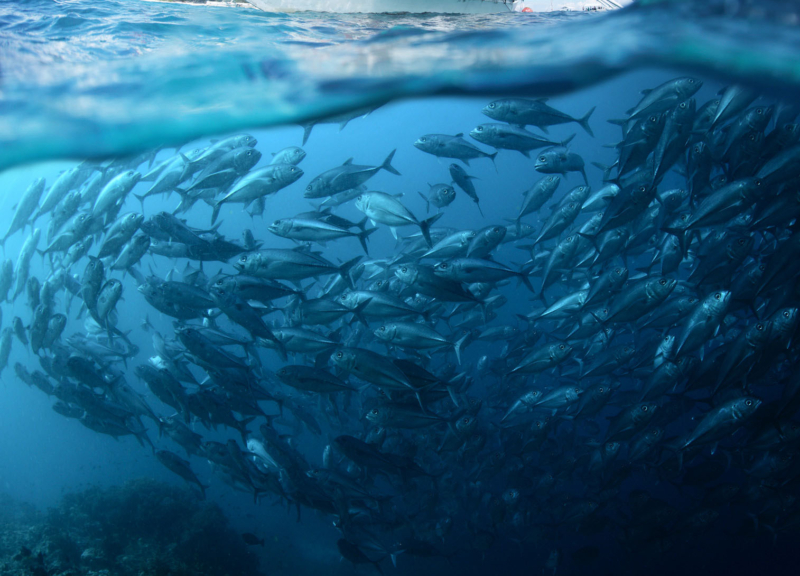
Fish Aggregation Devices
FADs are tracked for a relatively short time period compared to the life of their material which include rope and/or netting that entangles wildlife and sensitive marine environments. Non-entangling bioFADs solve these problems. -
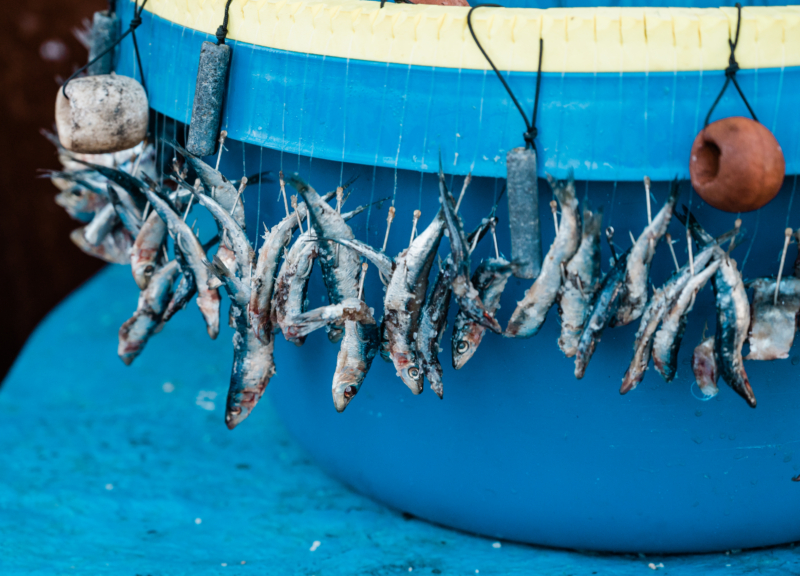
Hooks and Fishing Line
Segments of longlines can break off and are nearly impossible to find. Whether floating in the water or on the seafloor, the baited hooks continue to attract and catch animals. Most hooked wildlife, even sharks, will eventually drown.
What Can You Do?
Solving the ghost gear problem is not as simple as changing suppliers or product type. While some ghost gear is more destructive than others, and gear loss rate is not equal across fisheries, all fisheries will have gear loss issues. However, there are fleet policies, new technologies, and recycling programs that can effectively reduce the amount of fishing gear that ends up lost or abandoned.
Through supporting ghost gear reduction projects, derelict gear collections, net recycling programs, and organizations dedicated to solving the ghost gear problem, the seafood industry can make lasting impacts in ghost gear prevention and reduction.
Gear Tracking
Traditionally, fishing gear is tracked manually via GPS marks, drift calculations, radio beacons, and visually locating buoys. This method of gear tracking is effective in ideal conditions, but adverse weather, interactions with other vessels, and unforeseen events can alter the direction gear drifts or break buoy and anchor ropes. When this occurs, it is very difficult to relocate the lost gear and searching is expensive in both time and fuel costs.
Modern technologies equipped with satellite trackers allows vessels to track fishing gear in real-time and locate gear instantly. Satellite buoys attached to driftnets and longlines means vessels always know where they are, while acoustic units on bottom sets decrease likelihood gear will move and allows boats to identify where it is located on the seafloor.
Recognizing this benefit, in spring 2025, SFP facilitated a donation that provided 78 Blue Ocean Gear smart buoys and supporting technology at no cost to two Canadian snow crab vessels, thanks to funds directed though the Hub from seafood partners.
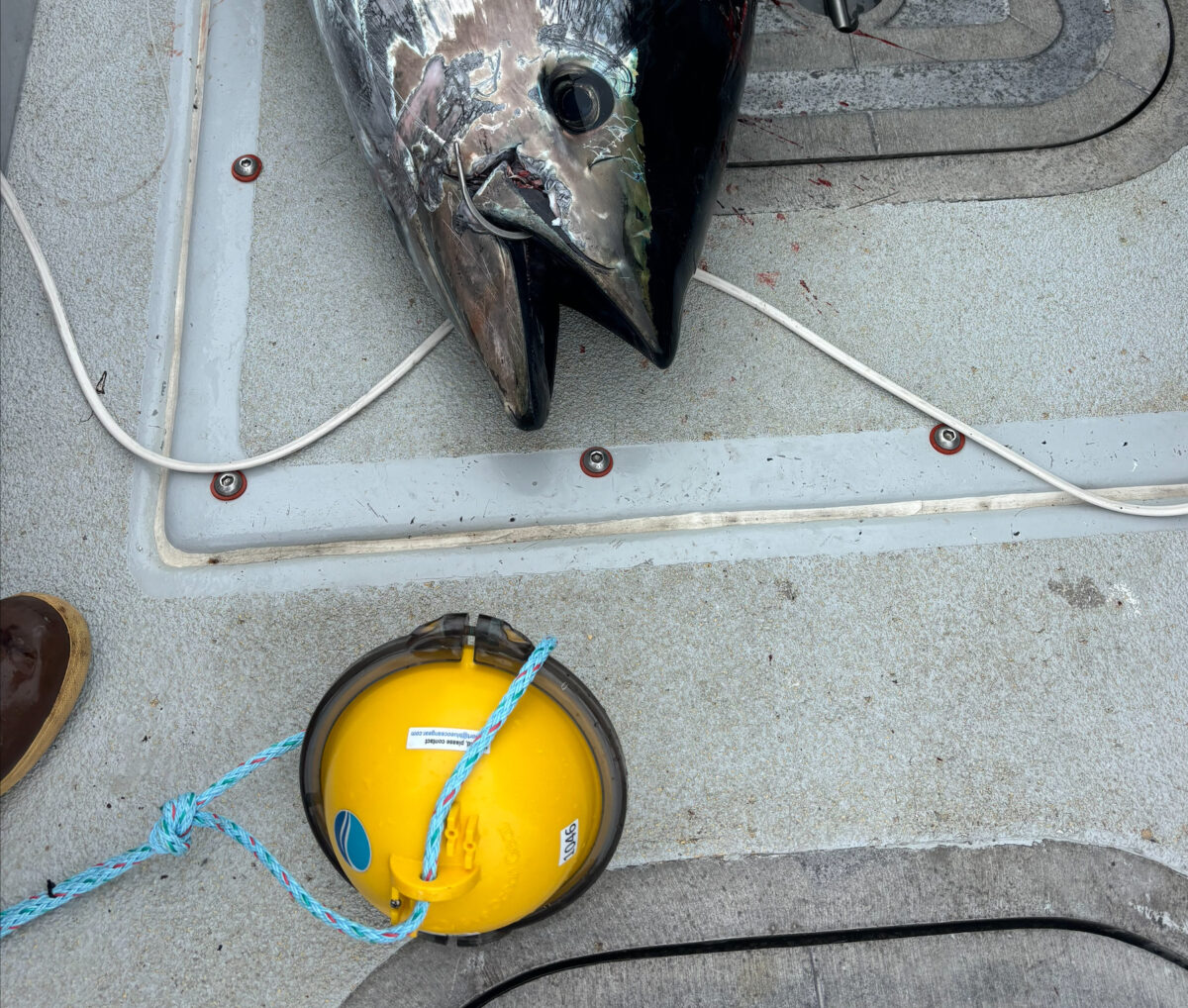
Image courtesy of Blue Ocean Gear
Net Recycling Programs
End-of-life net recycling programs collect old fishing nets that are more likely to break off from buoy ropes or while being towed. Net recycling organizations purchase end-of-life nets, strip them to their individual components, and sell them to plastic recycling facilities. Vessels can then use their proceeds to help purchase new nets. Previously, the only alternatives were using a net until it was lost, paying to have it taken to a landfill, or leaving it on the dock. These not only led to nets eventually finding their way into landfills or the water, but also did not provide vessel owners with financing to offset a portion of the cost of the next net.
However, not all nets provide enough of a profit margin for recycling programs to justify the work. By supporting established organizations that manage net recycling programs, you are ensuring that fewer nets will end their life as drifting ghost gear.

Ghost Gear Removal
At the local level, derelict fishing gear removal programs collect as much abandoned fishing gear as possible from the marine environment, to reduce impacts to wildlife on a local scale. Other organizations develop removal projects with large-scale, global impacts. These organizations do not profit from their removal projects and are always in need of support. Supporting removal projects directly removes ghost gear from the ocean.
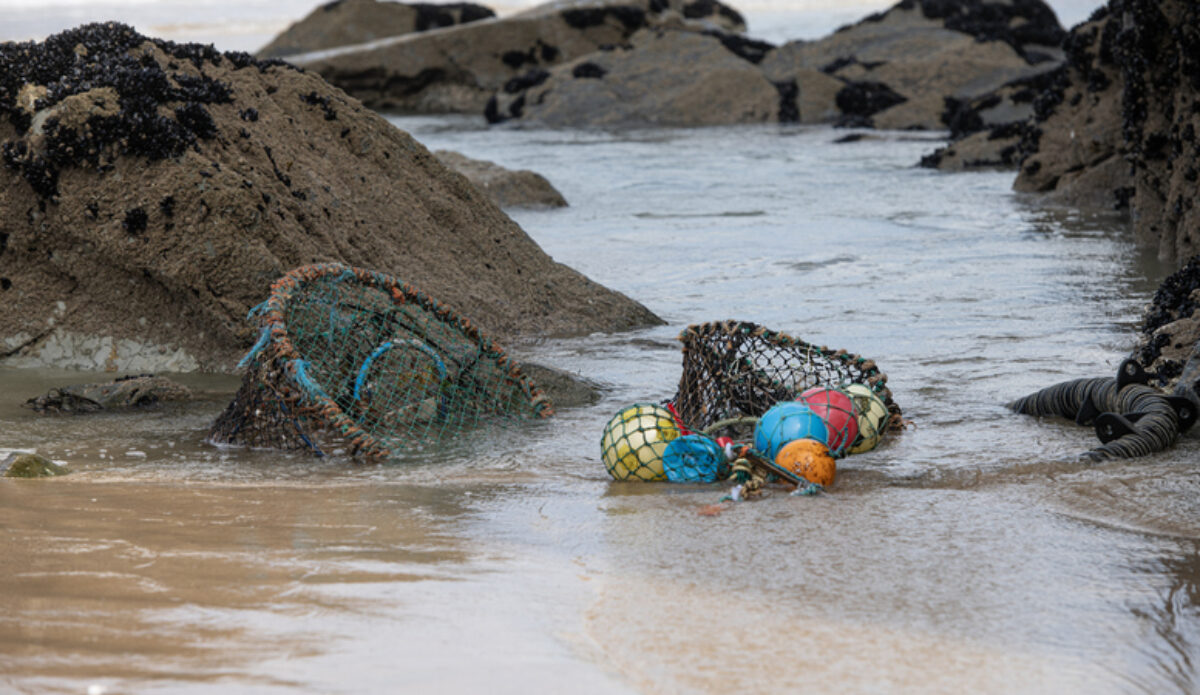
Projects and Initiatives
There are many organizations dedicated to either preventing fishing gear from becoming lost or abandoned, or to finding and collecting gear after it has been lost or abandoned. Creative manufacturers have developed modifications to old gears that greatly decrease the chances of gear getting lost. Entrepreneurial individuals are constantly testing new economic models that can turn fishing gear loss prevention into a profitable business strategy. Dedicated conservation organizations are committing countless hours to recovering derelict gear and reducing the total amount of active ghost gear in the water.
Below are a few organizations that are making waves in the ghost gear sector. Click on their images to learn more about how to support these projects.
